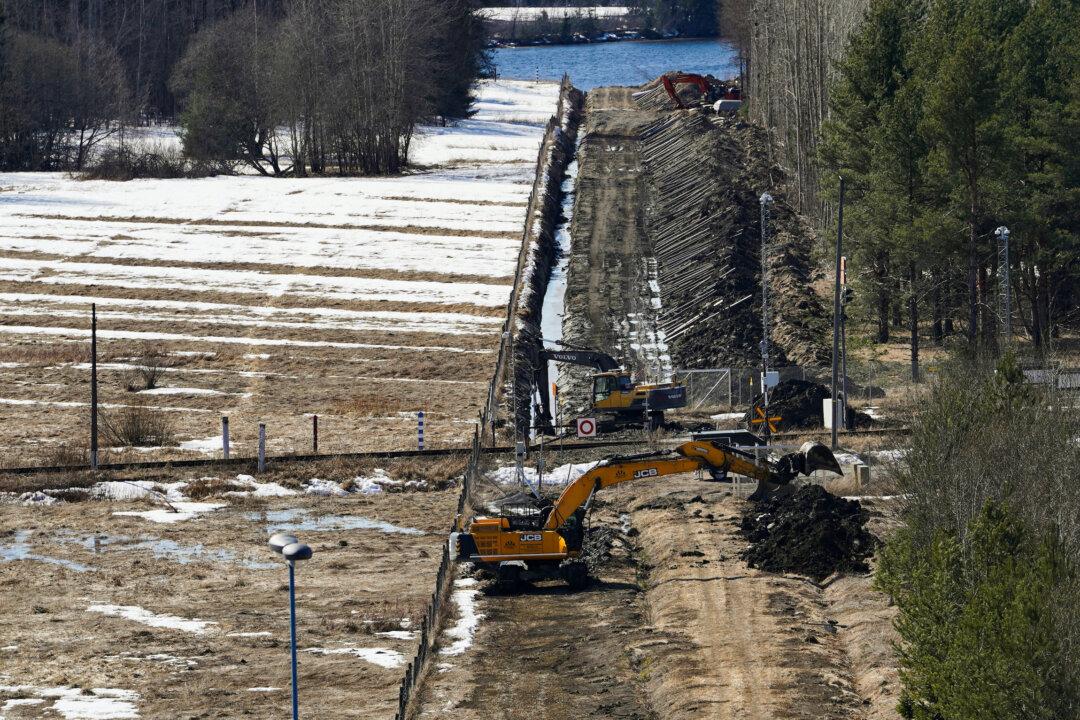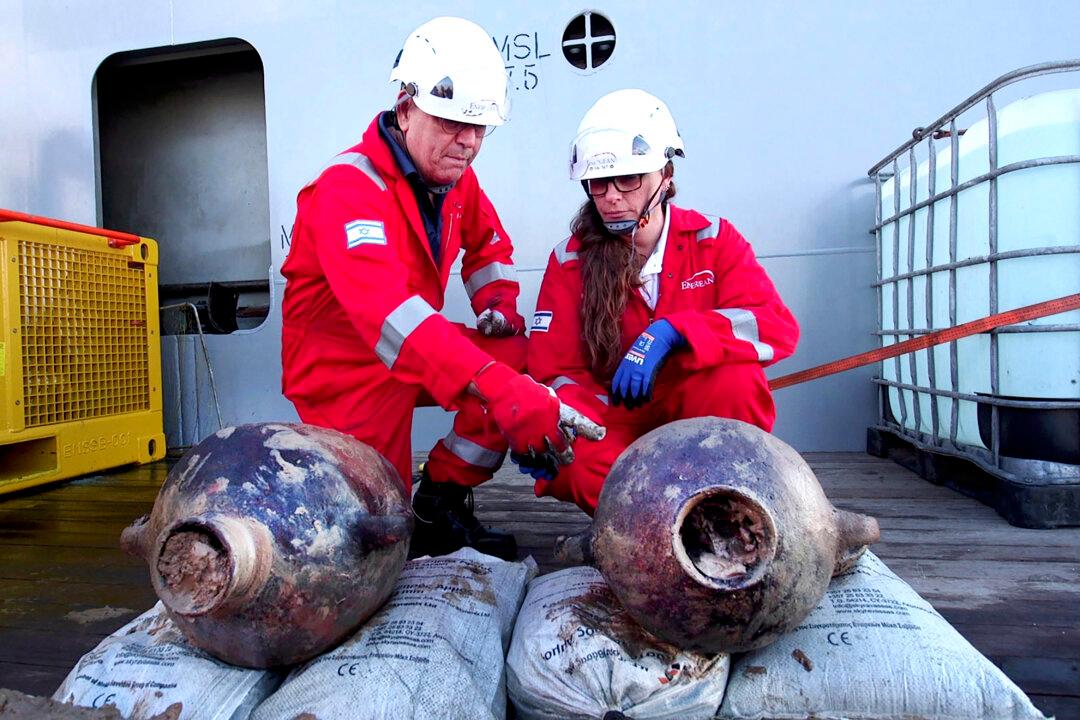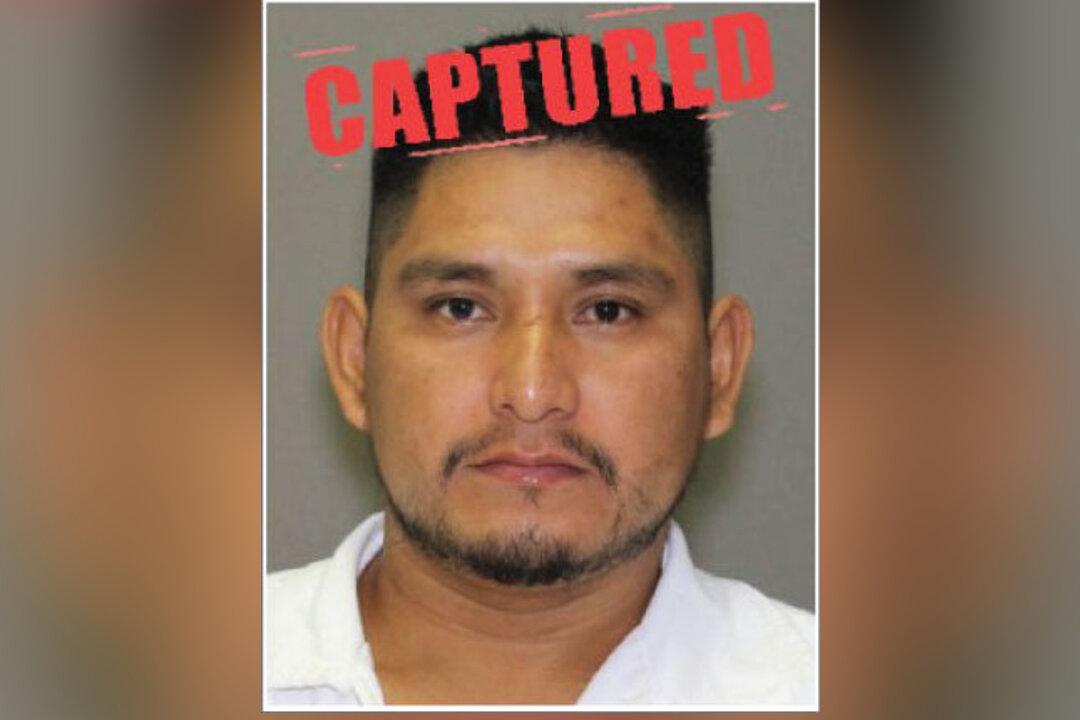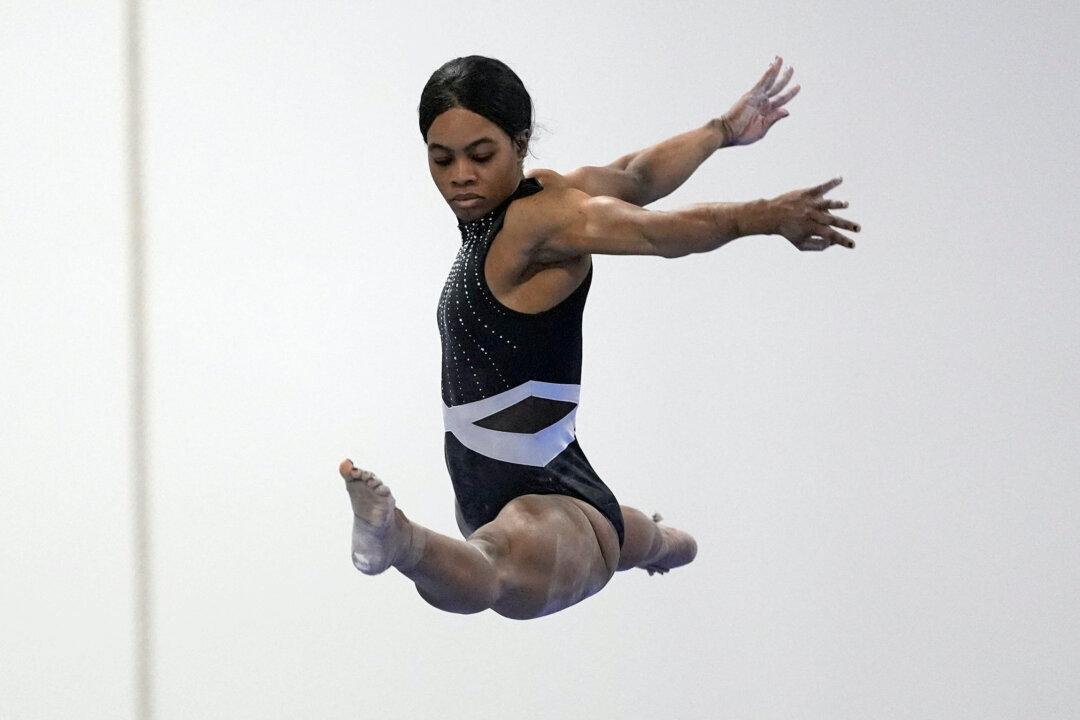Finland has started to construct a wired fence at its Russian border, fearing retaliation from Russia after the Nordic country joined NATO less than two weeks ago.
The government decided last year to construct the barrier following its NATO application, primarily in case Russia moved to flood the border with migrants.





